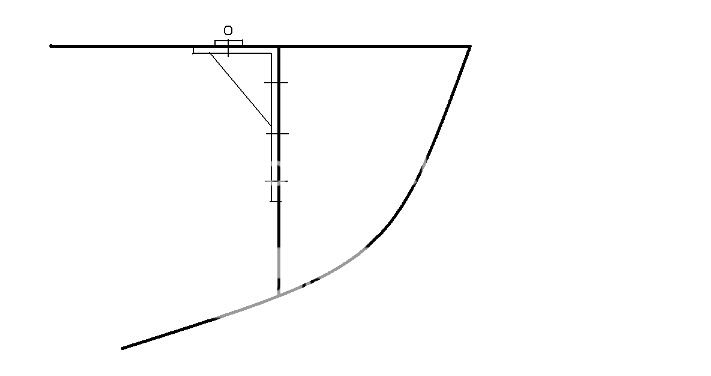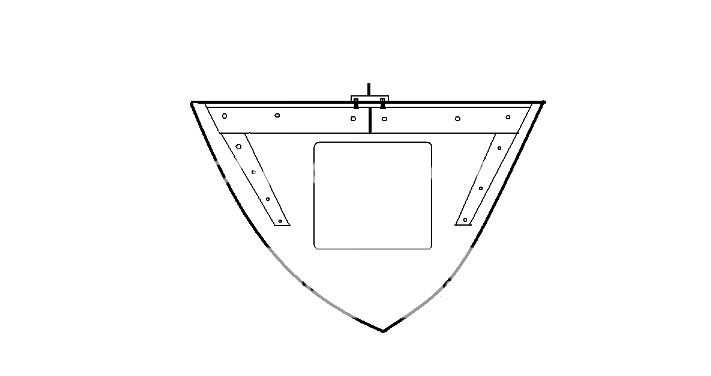Kelpie
Well-Known Member
As a long-term project I'd like to add a removable inner forestay to my boat (Albin Vega, 27ft). I know that there are various ways in which this can be done, e.g. by simply installing a deck eye with a good backing pad, or by taking the load down to the stem using a wire strop.
I don't want to use a simple deck eye and risk pulling the deck up... but the thought of installing a wire strop which cuts into the sleeping space and/or chain locker doesn't appeal much either.
So I am contemplating fitting a deck eye which is backed up by a sturdy beam mounted athwartships under the deck, to prevent upwards movement of the deck. What I have in mind is a piece of angle-section metal, spanning the width of the foredeck, and with its faces flush against the deck-head and the forward bulkhead, so it would not take up any space.
From a quick look at what's available I think I would have to go with aluminium as this can be bought in bigger sizes than stainless angle.
Has anybody else tried a solution like this? Will it work?
See attached hi-tech diagram.
I don't want to use a simple deck eye and risk pulling the deck up... but the thought of installing a wire strop which cuts into the sleeping space and/or chain locker doesn't appeal much either.
So I am contemplating fitting a deck eye which is backed up by a sturdy beam mounted athwartships under the deck, to prevent upwards movement of the deck. What I have in mind is a piece of angle-section metal, spanning the width of the foredeck, and with its faces flush against the deck-head and the forward bulkhead, so it would not take up any space.
From a quick look at what's available I think I would have to go with aluminium as this can be bought in bigger sizes than stainless angle.
Has anybody else tried a solution like this? Will it work?
See attached hi-tech diagram.
Last edited:


